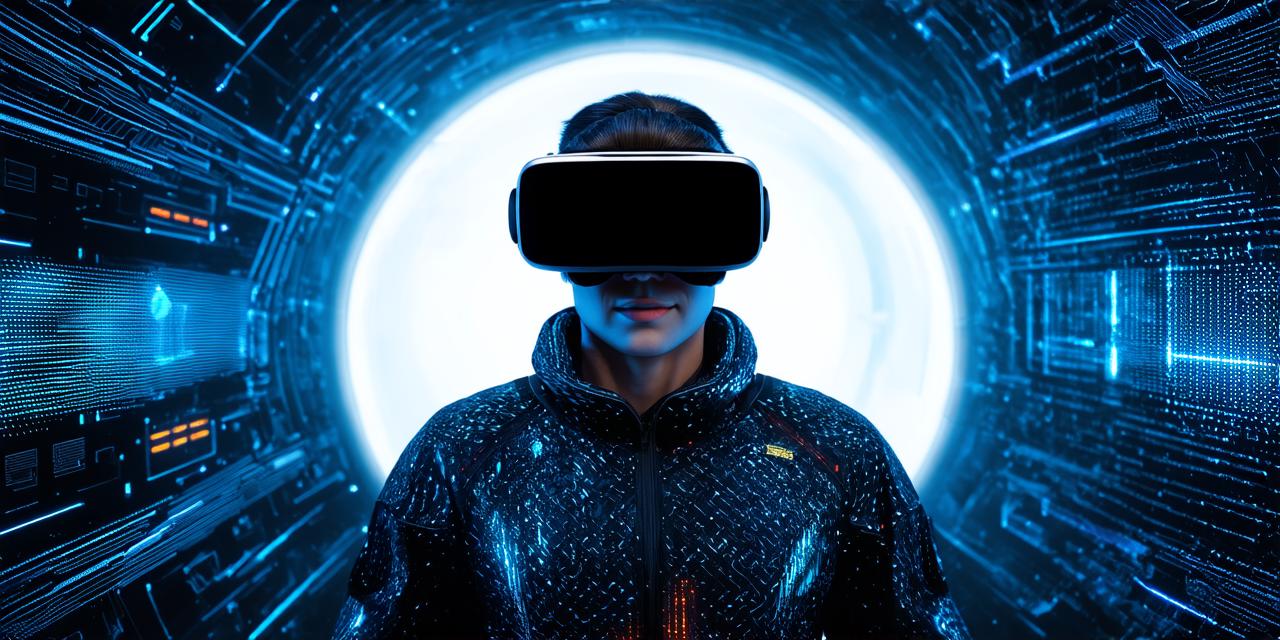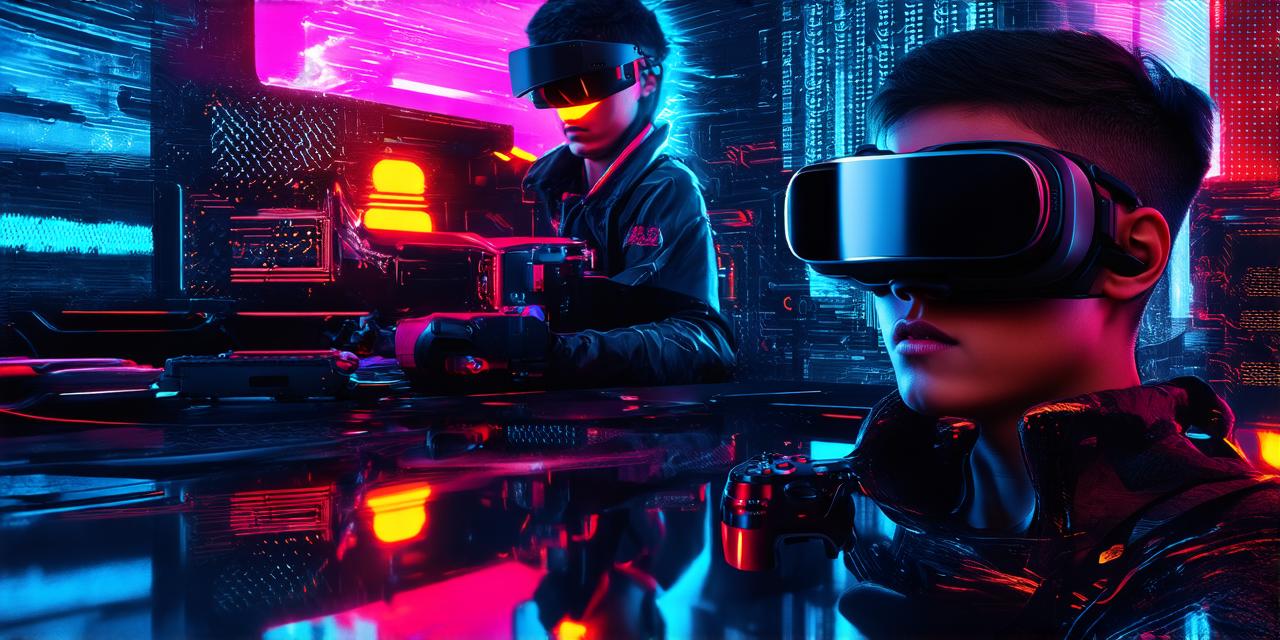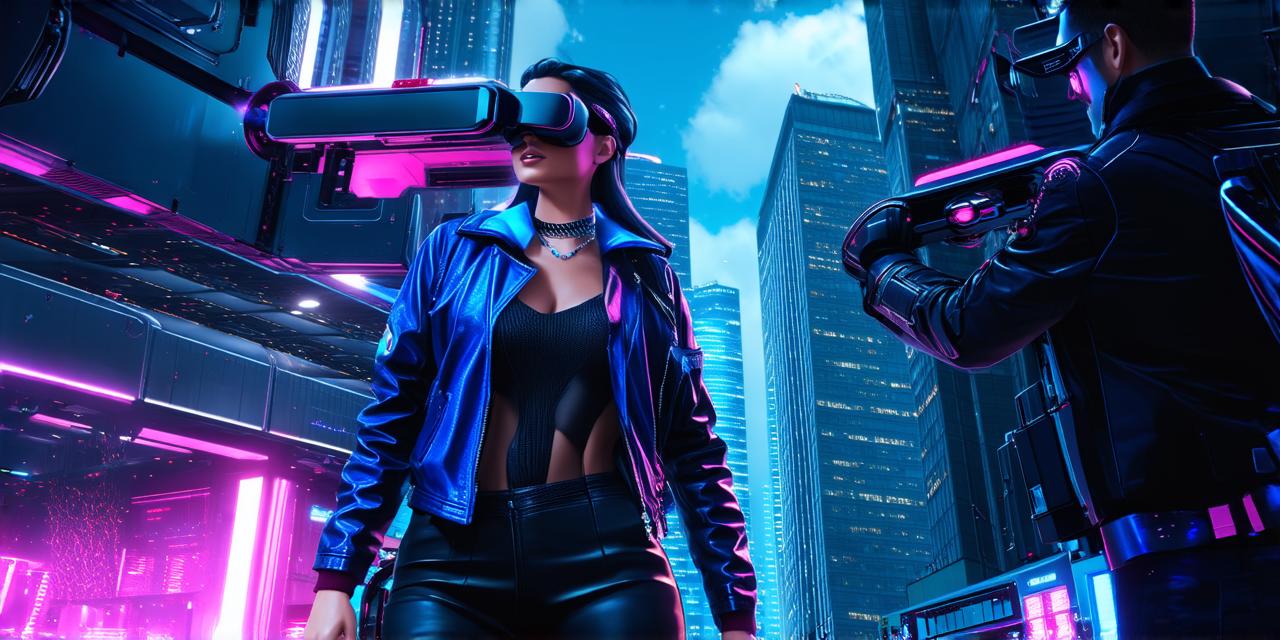Creating a virtual reality video can be a challenging task, but with the right tools and techniques, anyone can create engaging VR videos that transport viewers to immersive worlds.
Here are some steps to help you get started:
- Choose your platform: There are several platforms available for creating VR videos, including Unity, Unreal Engine, and A-Frame. Each platform has its own strengths and weaknesses, so it’s important to choose the one that best suits your needs.
- Plan your content: Before you start creating your VR video, it’s important to have a clear idea of what you want to achieve. Consider the story you want to tell, the environment you want to create, and the interactions you want to enable.
- Create your 3D models: Once you have your platform and content plan in place, it’s time to start creating your 3D models. You can use software like Blender or Maya to create detailed and textured 3D models that will bring your VR world to life.
- Add interactive elements: To make your VR video truly engaging, you need to add interactive elements that allow viewers to explore and interact with your world. This could include things like puzzles, hidden objects, or branching narratives.
- Test and refine: Once you have your 3D models and interactive elements in place, it’s important to test your VR video thoroughly to ensure that it works as intended. You may need to make adjustments to your content or code based on feedback from testers.
- Publish and distribute: Finally, once you are satisfied with your VR video, it’s time to publish and distribute it. There are many platforms available for publishing VR videos, including YouTube, Facebook, and the Oculus Store.

In conclusion, creating a virtual reality video can be a complex process, but with careful planning and attention to detail, anyone can create engaging VR experiences that transport viewers to immersive worlds. By following these steps, you can get started on your journey to becoming a VR video creator.



